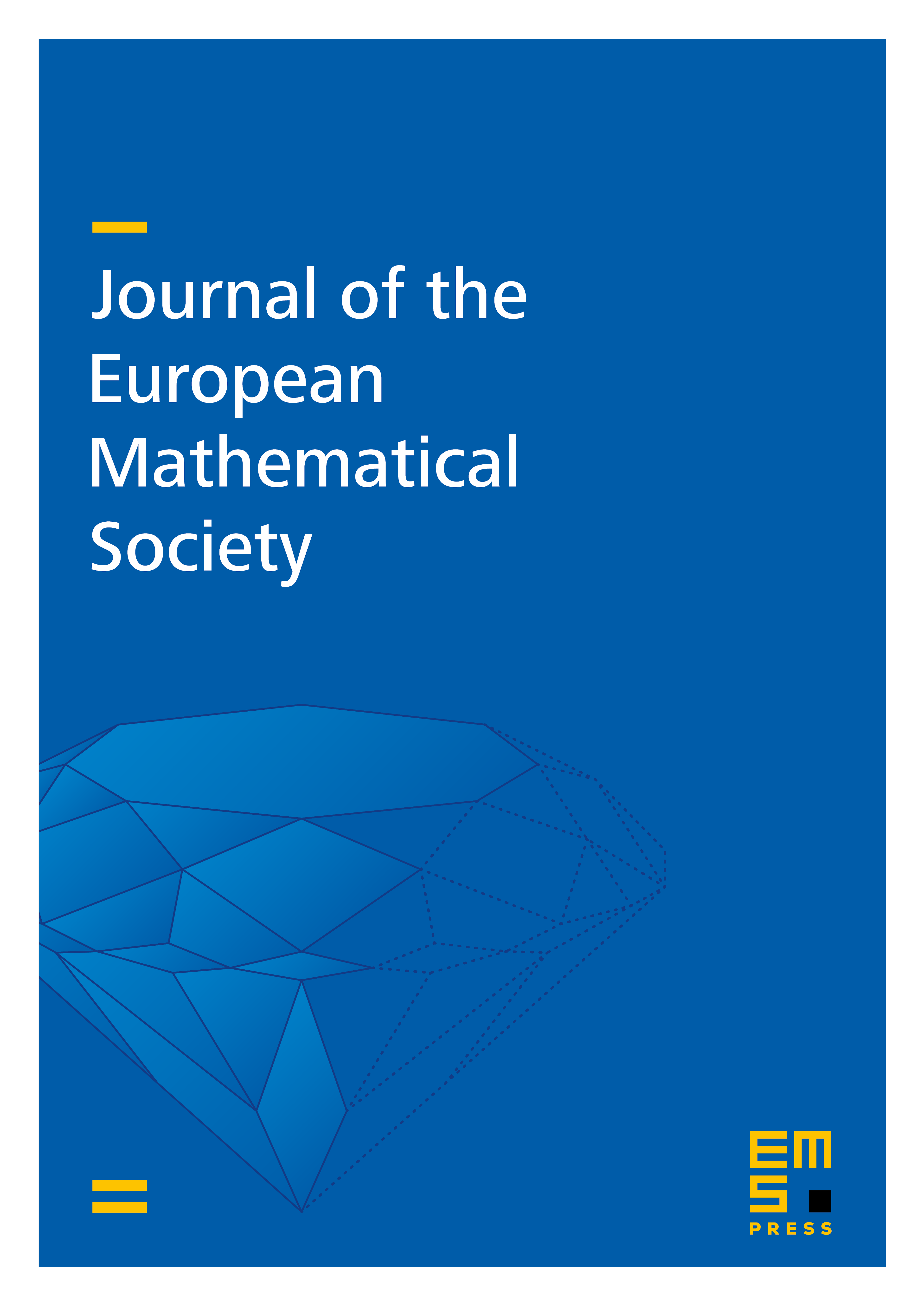McMullen polynomials and Lipschitz flows for free-by-cyclic groups
Spencer Dowdall
University of Illinois at Urbana-Champaign, USAIlya Kapovich
University of Illinois at Urbana-Champaign, USAChristopher J. Leininger
University of Illinois at Urbana-Champaign, USA

Abstract
Consider a group and an epimorphism inducing a splitting of as a semidirect product ker with ker a finitely generated free group and Out (ker) representable by an expanding irreducible train track map. Building on our earlier work [DKL], in which we realized as for an Eilenberg–Maclane 2-complex equipped with a semiflow , and inspired by McMullen's Teichmüller polynomial for fibered hyperbolic 3-manifolds, we construct a polynomial invariant torsion] for and investigate its properties.
Specifically, determines a convex polyhedral cone , a convex, real-analytic function , and specializes to give an integral Laurent polynomial for each integral . We show that is equal to the "cone of sections" of (the convex hull of all cohomology classes dual to sections of of ), and that for each (compatible) cross section with first return map , the specialization encodes the characteristic polynomial of the transition matrix of . More generally, for every class there exists a geodesic metric and a codimension-1 foliation of defined by a "closed 1-form" representing transverse to so that after reparametrizing the flow maps leaves of to leaves via a local -homothety.
Among other things, we additionally prove that is equal to (the cone over) the component of the BNS-invariant containing and, consequently, that each primitive integral induces a splitting of as an ascending HNN-extension with a finite-rank free group and injective. For any such splitting, we show that the stretch factor of is exactly given by . In particular, we see that and depend only on the group and epimorphism .
Cite this article
Spencer Dowdall, Ilya Kapovich, Christopher J. Leininger, McMullen polynomials and Lipschitz flows for free-by-cyclic groups. J. Eur. Math. Soc. 19 (2017), no. 11, pp. 3253–3353
DOI 10.4171/JEMS/739